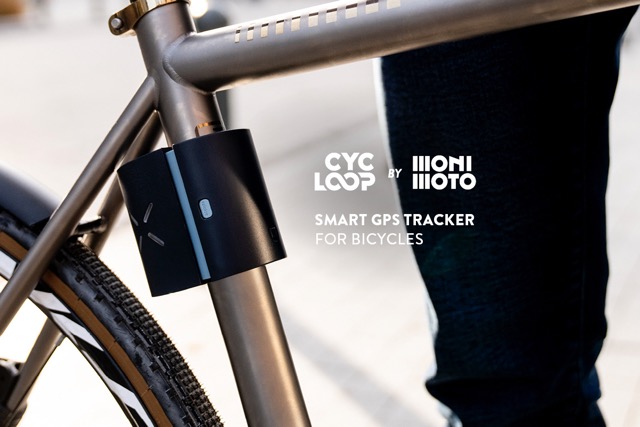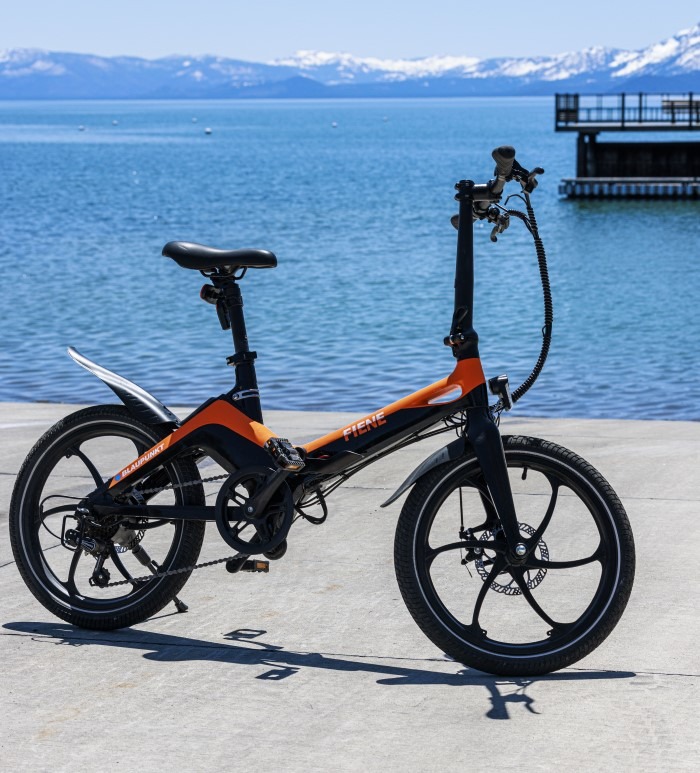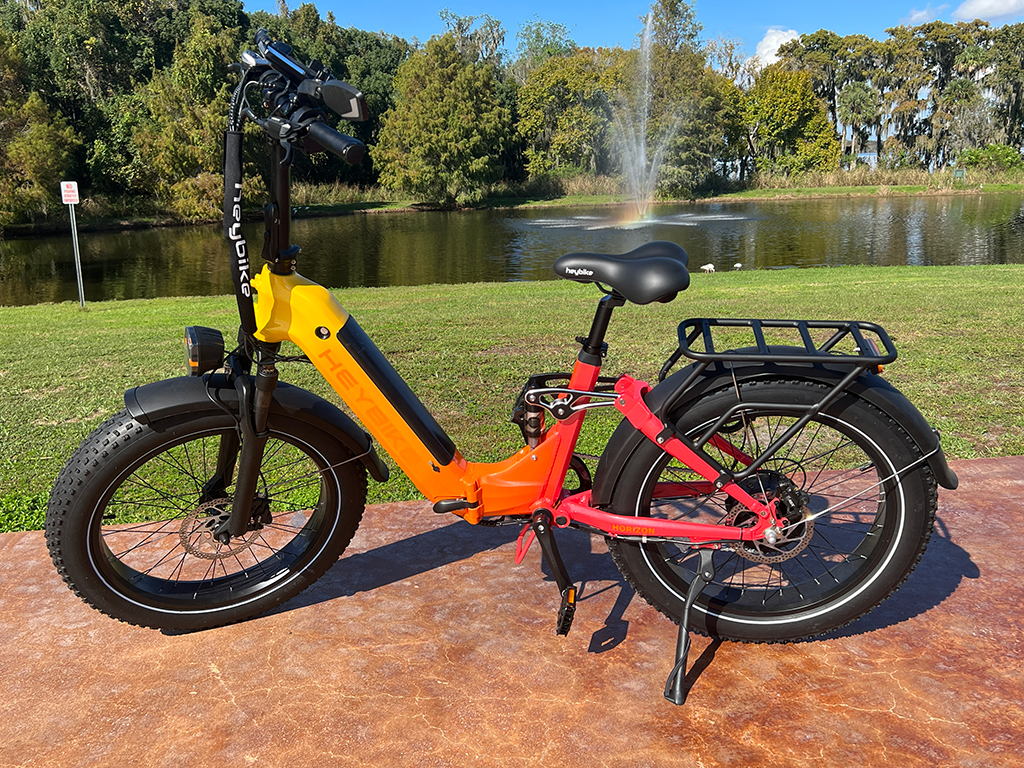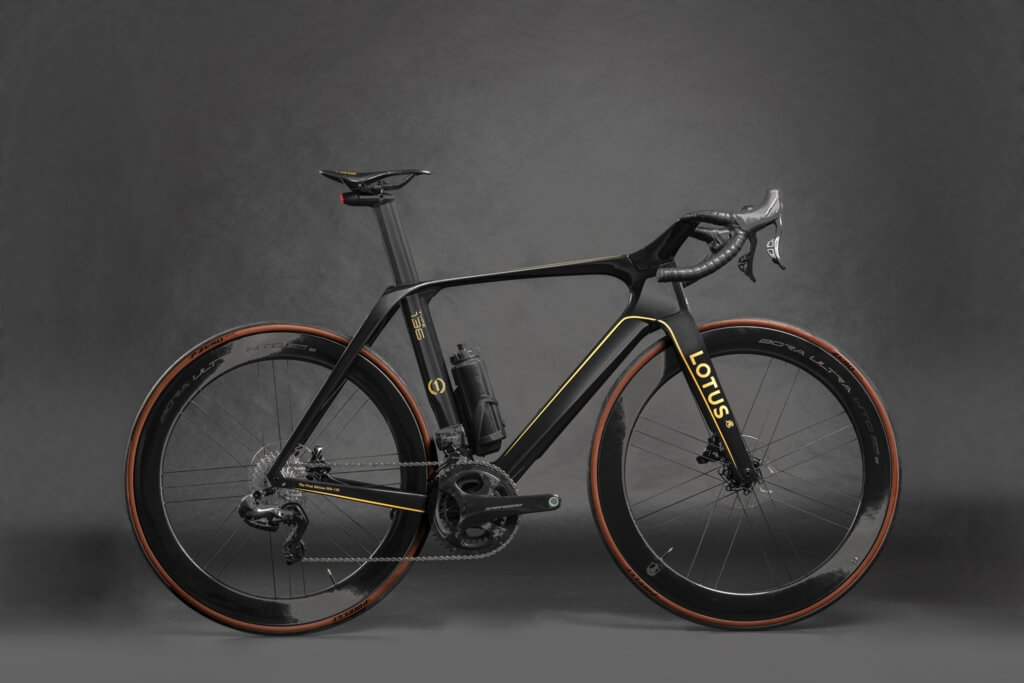2023 has turned out to be the end of the road for quite a few e-bike brands, or a major reset at the least.
Still, e-bike innovation and development, not to mention opportunity, remains as robust as it has been since the sector really took off around the middle of the last decade.
We start off this month’s consideration of the E-cosystem with a reflection on why despite the enthusiasm and demand from consumers the sector is perhaps not as developed as it could have been.
Contents
Two Obstacles to E-bike Adoption
Someone hops onto an e-bike having not being on a bike since they owned one as a kid. Applying slight pressure to the pedals the crank gives, easily, and an invisible hand whisks them to cruising speed without effort—and no sweat. What is a potential e-bike customer (and former non-cyclist) not to love about that? Hence the e-bike explosion (yes, in rare cases, literally).
The rapid development of the technology and its quick adoption motivated manufacturers to further innovation and the whole virtuous circle that sustains the book and continues to ramp up at this very moment.
The fact is that riding any sort of bike on public roads is a deadly business. A European report based on 2019 figures found that cyclists are the only group of road users in which fatalities have not declined since 2010. Moreover, the countries in which fatalities were highest are those where cycling is part of the cultural fabric. On one hand the high rate of cycling contributes to the higher number of fatalities. Yet, on the other, we might expect that, given the cultural context in which cycling takes place, which includes the provision of dedicated carriageways for bikes, these numbers should be much lower.
Hence a reason often cited by people as a reason for not getting an e-bike is the danger, even though in absolute terms the risk is still small. Figures from the USA show that in 2021, 1 in 3,546 people (0.03%) died from cycling. By way of contrast, death from a fall rates 1 in 98 or a 1% chance—a 3,300% increase in the odds of dying.
The obvious answer lies in the creation of infrastructure separating bikes and cars. Some suggestions point to car driver education as a way forward. However, given the widespread hostility of car drivers to cyclists on roads, education is not the answer. It can help. Sure. And the number of drivers harboring homicidal intent is low. But enough drivers object to cyclists using roads to make that environment an extremely risky place for two wheelers.
The second problem is theft which with e-bikes is exacerbated due to the expense of even a modest electric steed, let alone a bike in the mid- to high-end. Why drop several thousand dollars on a pair of wheels that a thief could lift and carry off?
E-bike security can be compared with website security, a particularly apt comparison due to the increasingly technical nature of most e-bikes. You can’t guarantee a bike won’t be stolen (other than locking it in a safe), but you can reduce the probability.

Anyway, advice touting obvious anti-theft solutions abounds online, many of the suggestions a touch dubious. This one from Micah Toll’s personal ( He’s behind Elektrek.co) site that the more locks you employ, the less likely a thief will take the trouble to disable multiple levels of security. The longer the theft takes, the more likely the thief will be discovered. The likelihood of theft is dramatically reduced.
Here are two products recently launched in the theft prevention space:
Motorcycle security company Monimoto’s GPS anti-theft Cycloop for e-bikes uses GPS and cellular signals to track a stolen bike alerting the owner and authorities to the bike’s location. The Cycloop tracker is installed on the seat tube of a bike.

BikeFlare Visio is a GPS tracker hidden inside the handlebar. The audible alarm that to bicycle movement and is concealed within the handlebar.

Getting the Business Model Right is Essential for E-bike Success
E-bikes are a business above all else. The one factor underlying the mass uptake of electrically powered bicycles is, in the final analysis, a machine produced by means of a particular business model—a great bike is delivered to a consumer at a price they are willing pay and which adequately compensates the supplier of that product into the bargain.
An old saying in business is that you don’t need to make a profit to stay in business; but you do need a cash flow. Cash flow is, literally, the bottom line. Of course, very few providers are in the e-bike business on a not-for-profit basis which leaves the huge majority looking to get back more dosh than they put in.
The bike boom during the pandemic has been followed by the most severe drop in demand in living memory for all types of bikes. E-bikes have fared better and helped prevent an even deeper—and probably more prolonged—downtown in the bike industry.
2023 was a year marked by a number of high-profile brand bankruptcies which in the end come down to the viability of the business model, despite the utility, innovation or market appeal of their products. This is a theme which we’ll return to throughout 2024 and well into the future because it is arguably the key determinant of brand success. (The road to product hell is paved with clever gadgets that the buying public never found a use for).
Blaupunkt, a legacy brand which has been repurposed following its demise in 2016, has opted to niche down and target a specific group of users in order to get a foothold in the market. Currently confining their product offering to folding models, they are wisely avoiding going head-to-head with bigger more well established players who have major market share.

Blaupunkt offers its Fiene ebike through partnership with Winnebago RV. This is an old technique that has seen lucrative application in the digital economy particularly where influencers with large audiences in different but overlapping niches. Content creators cross-promote each others’ products to their respective audiences. As long as the overlap is accurate and the product good, the exposure is sure to be successful.
Space is at a premium for RV owners. The practice of mounting bikes or even motorbikes to a rack on an RV’s rear has been around since RVs were invented. Folding bikes can be stowed away inside so a folding e-bike that is also very light—45lbs including battery—is appealing, maybe even the USP for this unit. Designing the Fiene’s frame in the form of an electrical lightening bolt is also a nice touch given that folding bikes, electric or acoustic, are rarely distinctive (thinking of Bromptom or Pacific Cycle’s Birdie as an exception).
More Design Innovation
As the e-bike category matures, the competition increases. So, what do you do? Cut the price? Join a race to the bottom and the commoditize your range? There are signs of that occurring, but the very nature of e-bikes as a tech product as much as transportation/recreation product perhaps automatically demands that innovation in pursuit of high value and not high turnover is the way to sustainable profits and, more importantly, a sustainable brand—and 2023 will be recorded as the year of reckoning for prominent brands that went bankrupt or were rescued from insolvency by an investment firm.
The final arbiter of innovation, of course, is the market. No matter how revolutionary or mind-blowing a new gadget, technology or technological addition to a bike may appear to be, the market will decide if it is actually useful or not. Customers pay for convenience, not clever gadgets. With these points in mind, how do some of these recent innovations shape up?
Innovation by Assemblage
Heybike’s Horizon brings several existing technologies into a unique assemblage which seems like it will make many of its user’s lives easier. Rather than take a punt on coming up with new gadgetry, the idea here is to combine existing tech into a unique arrangement that adds value to customers’ lives (pretty much what Apple did with many of their products).
The elements in this particular arrangement are a folding mechanism, a Horst-link suspension with hydraulic front suspension as well the increasingly common fat tires, step-through frame, and hydraulic disk brakes.

Generally speaking this style of e-bike is becoming a standard of sorts, an informal standard at any rate: stout carrying capacity, fat tires and a solid step through frame, and various levels of blue connectivity, a combination that makes practical sense. It’s also, arguably, a cargo bike hybrid.
Specifically, the folding mechanism together with this type of suspension increase its versatility to where it fits comfortably in both a city commuter/car replacement and adventure bike category—you’d be wary about pushing it hard over really rough terrain though…that folding mechanism would have to be robust.
The weight of these types of hefty folding bikes reduces the appeal of the folding function however. At 80lbs, it’s heavy. In this comprehensive review of the Heybikefrom Gageteer, the bike ends up in the back of a truck. Folding it up creates room but the technique of getting it into the tray restricts its utility to a limited range of users. At $1499, the bike has appealing value and that price point may well seal the deal for many.
Degrees of Battery Innovation
Battery storage capacity is an area that needs work, something particularly innovative companies continue to develop (link to Taipei cycle 2023). Iconic luxury brand Lotus has made battery design part of their limited-production First edition “136” model, limited to, yes, 136 units only.

Lotus disguises the battery as a seat tube-mounted bidon, a small unit which delivers a total of three hours assist through the lightweight motor (300g only). Not impressive by itself but making sense in the context of the super lightweight drive and the bike which comes in overall at a tad under 10kg.
Given the brand’s historical connection to bike design (see the 108, late 1980s project), as well as occupying a place at the ultra high end of the market (price tag of £17,000…you’ll get £1 change out that by the way), the way was clear for a ground-breaking integration of the battery into the frame, somehow. But aerodynamics and weight reduction were the design focus as in the past, which is totally consistent with the brand image of course. Still, some real design innovation has perhaps gone wanting here.
Solar Charging
E-bikes are only carbon neutral when the charging source is not fossil fuel based. Enter solar charging. But what if the battery also has the capacity to run a fridge or other substantial appliances for a few hours when necessary? In other words a mini power station.
Enter Mokwheel’s Obsidian fat tire e-bike. Connect the input-output unit to an inverter and you’re in business. Operate blenders, grills, laptops, coffee makers, pressure cookers—the list goes on.

The panels provide a large surface area to make the most of available solar radiation in order to charge up that massive battery.
This feature is just that, a feature, and perhaps even a gimmick unless you can really make use of the function. The bike belongs, then, in the adventure category for those trekkers who really need an appliance or two . . . vlogger influencers would be one group, where uploads and even editing on the trail is necessary.
More from the “Even Lighter” E-bike Category
An increasingly prominent theme with e-bikes is the weight. (It was inevitable). Lotus (discussed above) are just one who have made weight a key feature of their offering, their latest, the 136, weighing 9.8 kg.
Enter the “superlight” category for e-MTBs, targeting users who don’t mind less power, dislike the heaviness of fully powered machines and expect a livelier, more responsive ride.
Bicycling’s Matt Phillips put a bunch of top contenders through a series of rigorous tests—a dense read, but one of unparalleled depth.
UNNO recently released their Ikki lightweight e-bike (which is definitely not icky, mind). Bike Radar has published a very detailed appraisal of it. You can probably expect to see more movement in this niche—possibly a lot more—as 2024 unfolds. We’ll be on the lookout for the latest developments at the Taipei Cycle show coming up in early March 2024.
E-bikes and the Economics of Delivery
It’s a matter of e-bikes vs other electric vehicles, particularly electric scooters (eg. Gogoro). For last mile delivery of packages and parcels, e-cargo bikes are the key. For the expanding industry of local food delivery, e-bikes would appear to be more of a last resort, at least according to the experience of one non-rider who investigated.
There are two diametrically opposed ways to look at last mile delivery: the company in the form of an app mediating deliveries to customers; and the delivery rider. Efficiency is key for the company who aim to get the most items delivered at the lowest cost. Algorithms ultimately aim to maximize efficiency which in this case resulted in the apparent allocation of many delivery jobs to an e-bike rider where a car driver was not available.
In sum, food delivery is a poorly paid job given the continual stress of making the deadlines or paying a penalty where you don’t. An electric scooter makes much more sense which is why in Taiwan Uber Eats and Food Panda riders either use an electric or conventional scooter; nobody uses an e-bike. A collaboration between Gogoro and Uber Eats in Taiwan underscores the advantages of electric scooters over e-bikes in the food delivery industry.
There has been some startup activity focusing on providing fleets of connected e-bikes for these types of delivery. However, they’ll be unlikely to meet wide success given the higher efficiency of an electric scooter where riders can simply earn more because they can get around so much faster.
